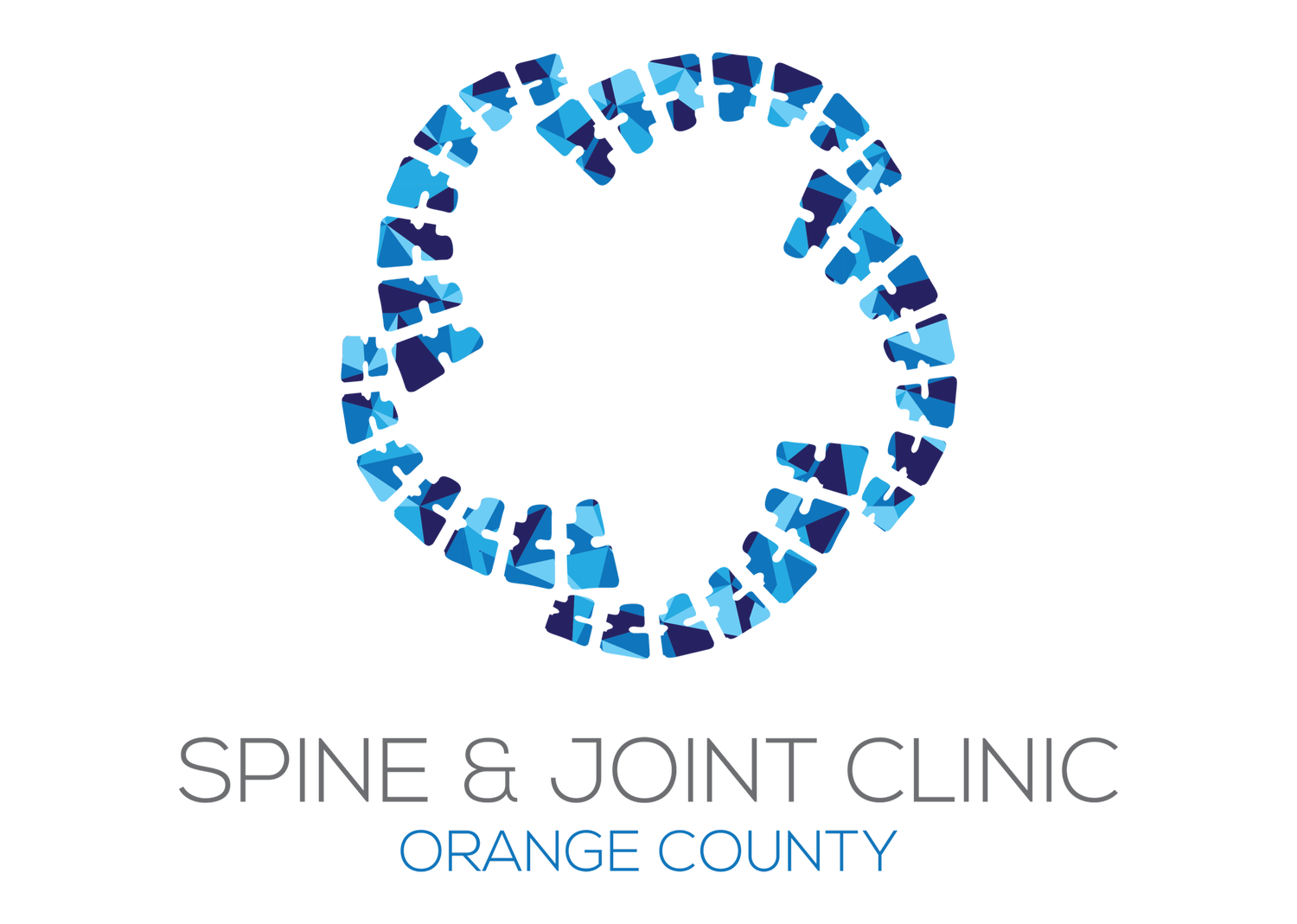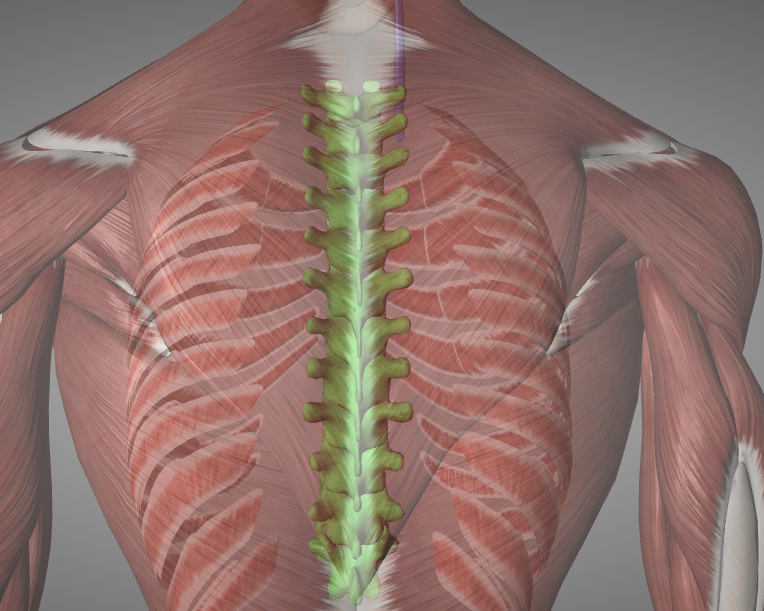An Ounce of Spinecare
From my perspective, I think it's fair to infer that the general population's understanding of chiropractic is steeped in misinformation and ludicrous youtube videos.
However the chance to better educate, improve utilization, and delivery quality care doesn’t always propel chiropractors forward.
Definition by its opposite
Chiropractic is not roller tables, tens machines, kinesio tape and 5 minutes of popping with the doctor. It's not meant exclusively for infants, kids, adults, or geriatrics. While there are treatment protocols - chiropractic is not a one-sized fits all approach. In my opinion it’s not a room with five tables where five different patients receive the same five adjustments. When performed in line with a proper assessment and true to biomechanical concepts the risks associated with chiropractic care are very small.
So what is chiropractic
It is a health platform tasked primarily with holistic spine care, but responsible for integrative or coordinated care (in-house and referring out) that includes physiotherapy, massage, nutrition, mental health and other holistic constructs. At its core chiropractic is about assessing the spine and providing adjustments to decrease pain, increase function and facilitate the body’s capacity to heal.
Chiropractic may be medically necessary for infants exposed to birth trauma. You might be surprised to learn that the force used to adjust babies is comparable to the force one would use to check the ripeness of a tomato. I once had a parent ask me if it’s too soon to treat her son as he was only 16 years old. I was not that surprised because she had no prior experience with chiropractic. Kids, especially those participating in gymnastics, dance, marital arts, and all of the traditional sports (i.e. lacrosse, football, baseball, basketball, etc.) can reap the benefits of identifying an injury prior to pain, quicker healing and injury prevention (both acute injuries and wear and tear from repetitive stress).
Most people do not think about the mobility of their spine or joints such as the hip or ankle. Spinal degeneration has become so common (due to our lifestyles -there are outlier circumstances) that your orthopedist or radiologist will refer to it as normal aging. In many ways chiropractic care is a way to realign and remove abnormal stress placed on the joints, muscle and neural tissues.
Should everyone see a chiropractor
Chiropractic comes at a cost that is both financial and psychological. The former mainly due to poor insurance reimbursement and the latter because most outcomes require some degree of patient accountability. The cost leads to a large majority of patients accessing chiropractic care as a means to resolve pain. Pain truly is the great motivator and presents differently for each individual.
Pain can be simple or complex. It can be multifaceted and may involve the following components:
- neurovascular
- psychological
- neurological
- muscular
- mechanical
Here are 3 different scenarios and how chiropractic care could be used to correct the problem and prevent future injury.
Hip pain
A 45 year old female patient complains of intractable hip pain for the last 5 months. She believes that it began after a session of interval training with her personal trainer. The pain is sharp and she notes that now she has some numbness along the lateral portion of her thigh.
The pain makes it difficult to sleep. A thorough exam reveals that she has a rotated sacrum on the same side that she is having hip pain. In this case the patient was adjusted, underwent soft tissue release, and was prescribed a few exercises. The pain resolved after the first visit and has not returned over the course of 4 months.
Wondering what is a "sacrum"
Sacrum in in Red
Upper back pain
A 37 year-old mother of 2 complains of pain where her neck and shoulder meet. At times the pain radiates up into the neck and down between the shoulder blades. Picking up her 2 year old gives a burning feeling and rotating her head to the left has become painful and more difficult. During our history taking she notes that she sprained her left rotator cuff while in high school (volleyball injury). We found a misalignment in her thoracic spine (T2) and a misaligned scapula on the left side. Both areas were adjusted and the patient had immediate relief (90 %) improvement. Over the course of 2 additional treatments the patient regained full range of motion in her neck and was free of pain.
Picture of the thoracic vertebrae.
Jaw and shoulder pain
A 14 year old male lacrosse player complains of jaw pain and associated neck and upper trapezius pain. During a game he was kneed in the jaw. He was able to turn his head to the right, but only about 60 % compared to rotation to the left. Evaluation of his neck and upper back revealed a misalignment of the first cervical vertebra. Once this bone was adjusted the patient regained full ROM and a decrease in pain of 50-75%. Moreover, if this patient had not addressed the misalignment in his neck there is a possibility that the abnormal alignment can lead to a handful of symptoms and changes in postural control down the line.
First cervical vertebra (green) aka "atlas"
Summary
What’s the goal of chiropractic?
Zero in on the primary cause of pain and implement a treatment plan so that it does not return. This is predicated on a proper evaluation of the spine and neuromuscular system.
Who should see a chiropractor?
All ages infants to geriatrics
Athletes across a wide spectrum
Those with pain or those looking for a holistic wellness approach
If you have a spine it can be evaluated.
Why do I have pain and what should I do?
Start with the least invasive therapy first. If you have muscle and joint pain or headaches find a well-reviewed chiropractor and have them perform an evaluation. That information will help you make an educated decision and understand your options. (Disclaimer: pain related to cardiovascular problems, stroke, cancer, etc ay require emergency medicine or the immediate attention of a medical specialist.)
What sort of commitment should I expect if I undergo care?
By and large true health is becoming increasingly collaborative. You may be asked to return for several visits, undergo additional diagnostic tests and follow a tailored treatment plan. Corrective care exercise may be prescribed and you may be asked to make specific changes in your behavior i.e. postural control, activity levels, nutritional choices, etc.










